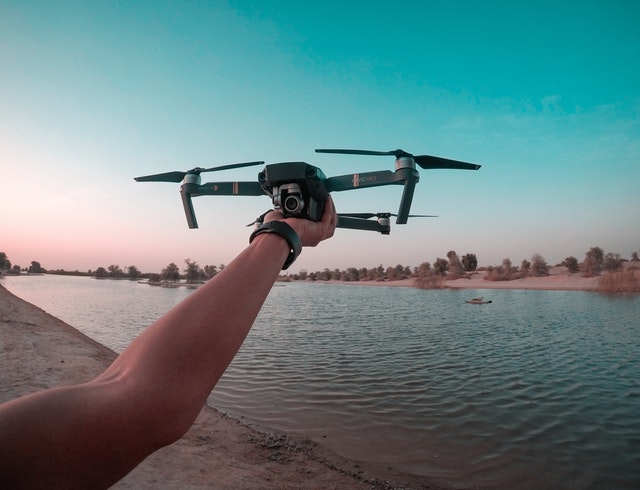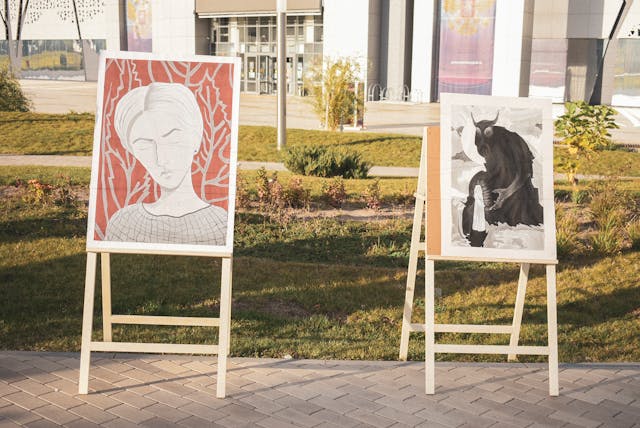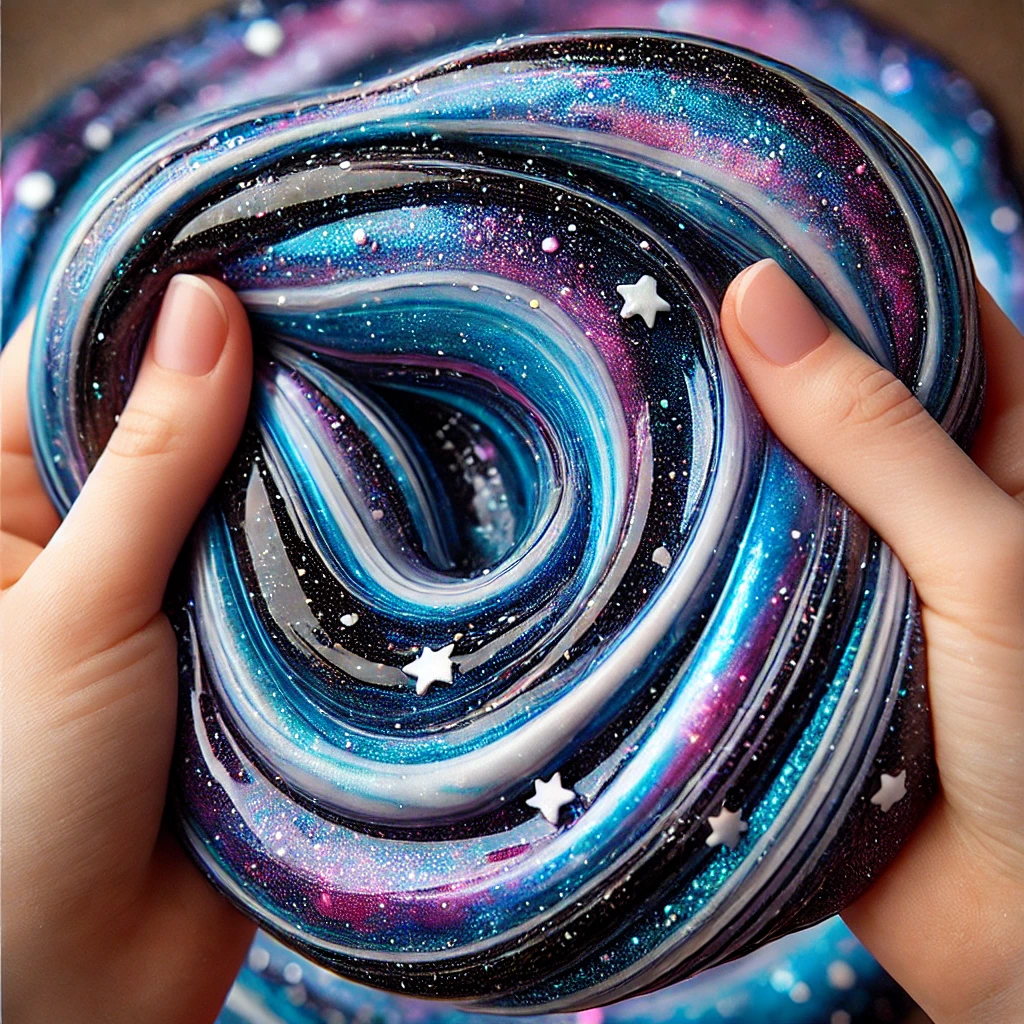Camera drones are not only amazing pieces of tech, but they provide videographers with a massive range of previously inaccessible opportunities. Indeed, it is not hard to see why the popularity of camera drone footage is all over the place, from pieces exploring stunning natural wonders to real estate agents making use of them to allow clients to tour properties without being physically present.
Of course, owning a camera drone and being able to capture high-quality footage with it are two, very different things. The good news is that no matter where you are in your camera drone skills journey you can learn how to improve by following the suggestions below. Keep reading to find out what they are.
Safety first!
Before anything else, you cannot get successful footage without factoring in safety. There are also several safety aspects that you must consider. The first is that your drone is not invincible. Instead, it is a small, highly technical object that will break if the landing is too rough, or you misjudge a bend and crash it into a wall. Of course, drones also tend to be pretty expensive, so you must treat them with the utmost care and respect while operating them.
It’s also a pretty smart idea to get some information on how to fix your drone if something does go wrong with it. For this, you will need to track down specific knowledge for the make and model of your machine like this DJI Drone Repair guide. Otherwise, your tinkering may end up doing more harm than good.
Remember too that because drones can access places we as humans cannot, there is a chance you could lose your machine entirely if something does go wrong. Of course, while this is very distressing, it is always better than putting yourself or your team at risk to try and recover a drone that is stuck in a dangerous or inaccessible location.
Finally, it is important to note that the laws surrounding camera drone use differ depending on your location. Indeed, in some countries, you are required to have a formal license and permission to use a drone for this purpose, something that you must check out beforehand.
Pick out the perfect location!
The problem with finding the ideal drone location is that you won’t know it’s perfect until after you have the footage. The reason for this is because drones can access places we can’t and so it can be hard to predict what the final result will be like from the limited position we can take.
However, having said that there are some factors to look out for that will nearly always result in a successful location to film via drone. The first of these is to use your instinct as a photographer. After all, if a location looks good by eye from far away it’s likely to make a successful shot.
Next, remember that you will want texture, details, and interest so both natural and non-natural locations that have dramatic and extensive features are a good bet. Think oceans, forests, solar fields.
Finally do not forget that you can use Google Earth to help you pick out an ideal location too. Once you have gone through the process of the first two phases mentioned above, you can use Google Earth to check your hunches are right. Something that can help you select the ideal drone filming location. First time!
Plan your shots!
Next, if you want better camera drone shots you must plan them out beforehand. Most people think this means carefully mapping out the route they will take, but this is not the only factor to consider.
It is also crucial that you think about speed, angles, and light exposure if you want your shots to be tip-top. The good news is there are some apps that you can download to your phone that will help you with this stage. Something that means you can have your shots all sorted before you get out in the field.
Long shots!
While we are on the topic of shots, choosing the right one is also an essential part of camera drone success. Of course, there are many to choose from, with the long shot being one of the most popular.
In particular long shots are ideal for when there is lots of detail in the frame, as they allow the viewer more time to take it all in. With that in mind, be sure to include plenty of long shots, especially when you have located a particularly good and detailed frame to get the most from each drone run.
Get up close and personal!
You can also improve your camera drone footage by using another type of shot known as a close-up. Now, you probably already know that a close up means getting closer to your subject with your drone and taking finer details.
However, what you may not realize is that such shots are especially effective for capturing dynamic footage of dramatic natural features. Yes, that’s right instead of a static close up, use your drone to fly past massive landscape features such as cliffs and forest, but as close as possible. The advantage of doing this is that you get a real sense of perspective, motion, and depth that only a drone can provide.
Mind the blades!
Another important thing to remember when looking for the ideal drone footage is to be mindful of the blades. After all, there is nothing that can bring the viewer out of the immersive fantasy faster than spying the edge of the blade in the shot.
Of course, being able to capture the best footage without the risk of filming your drone’s blades does take some skill. Although one smart way of getting around this problem is to start at the end of your shot, flying in reverse to the beginning. Then you can reverse the film in editing.
Go auto!
Although if all of that sounds a bit too much like hard work, don’t forget that you can get the drone itself to do some of the heavy lifting too. Indeed, many drones have programs that allow automatic flights, and that will also focus the camera at the same time. Something that can help you capture the perfect shot with very little effort at all.


